Most mini apartments are built beyond the permitted floor area.
Having appeared on the market for a long time, it was not until 2010 that the mini apartment type was officially recognized by the Ministry of Construction .
By 2014, the concept of CCMN was clearly defined by law in Article 22, Decree 71, Decision 24/2014/QD-UBND.
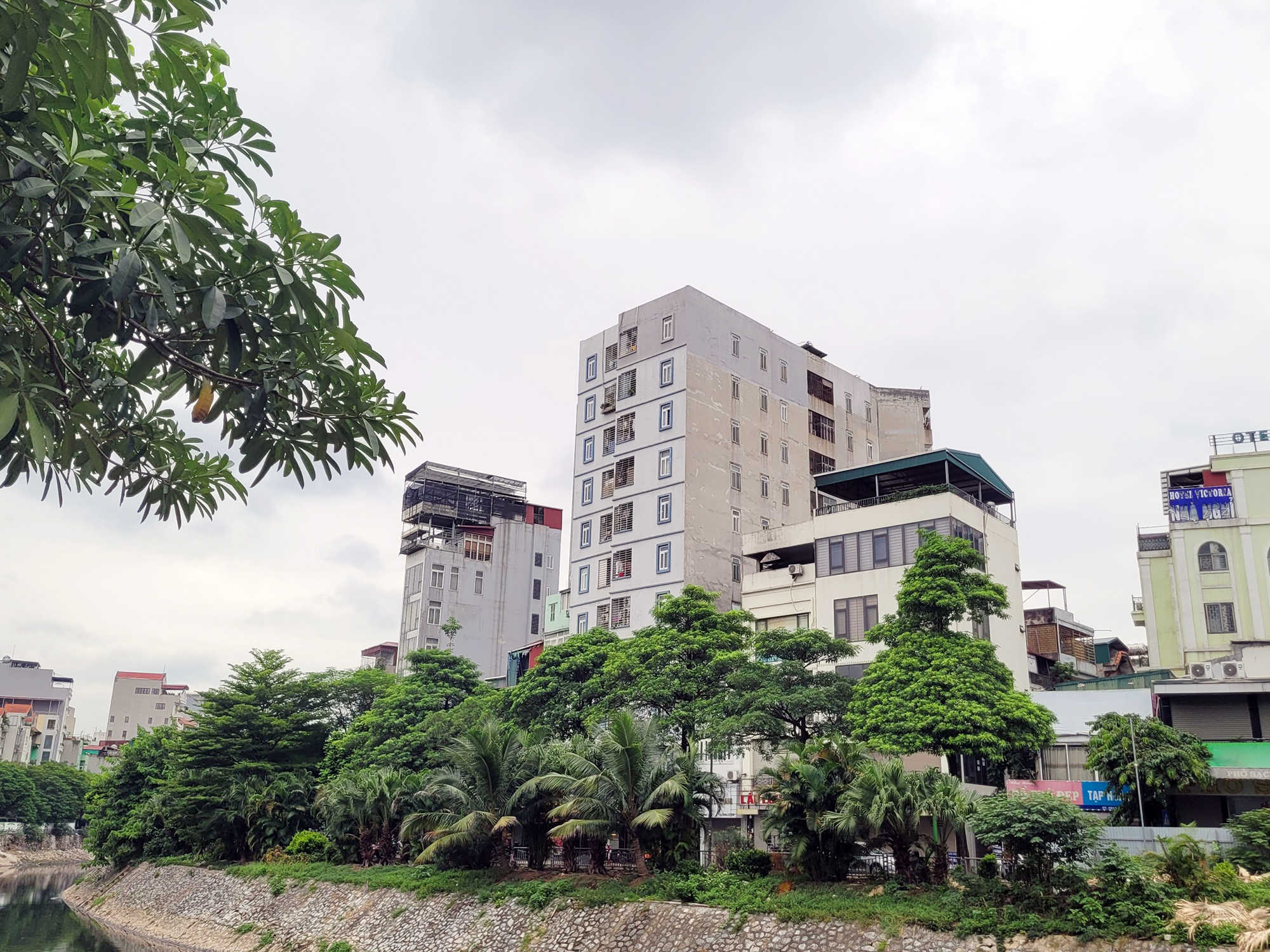
Mini apartments have many risks. (Photo: VARs)
Specifically, CCMN is a house built by an individual or a household on their own land, with two or more floors and each floor is designed with two separate, closed apartments. That is, each apartment will have its own rooms, toilets, kitchens, etc. and the floor area of each apartment is at least 30m2.
In addition, CCMN apartments must also meet the regulations on apartment buildings in Article 70 of the 2014 Housing Law.
From these regulations, CCMN buildings have sprung up all over Hanoi . Over the past 10 years, CCMN has been considered a popular type of real estate, with many "fever" periods occurring. Many CCMN projects, even though they have just been laid, have been inundated with inquiries and orders from customers.
Although recognized as a separate type of real estate and allowed for buying and selling, this type contains a series of legal risks as well as safety risks when used.
According to the Vietnam Association of Realtors (VARs), this type of housing has many potential risks, because most of the CCMN are built on interspersed land, located in alleys of densely populated areas.
Therefore, CCMN has shortcomings such as putting pressure on social infrastructure, increasing population density, not ensuring fire safety standards, lacking necessary amenities for residents...
Mr. Nguyen Van Dinh, Chairman of VARs, said that to increase profits, most apartment owners build more floors than allowed. Many apartment buildings do not have infrastructure investment, or the infrastructure is degraded but there is a lack of maintenance to repair and reinforce, causing insecurity for residents.
In particular, fire safety issues were of little concern to buyers in the years 2007-2010. Later, policies became clearer and awareness improved, but the situation remained largely unchanged or only improved on paper.
The consequences of fires in buildings with extra floors, incorrect density, and failure to ensure fire prevention and fighting safety are extremely serious in terms of life and property.
The most recent was a tragic fire at a CCMN in Khuong Ha ward. The fire at the CCMN in Khuong Ha recorded the largest number of casualties in the past 21 years with 56 deaths and 37 injuries, second only to the fire at the International Trade Center ITC in Ho Chi Minh City in 2002 which killed 60 and injured 70.
The above mini apartment building was built without permission. Instead of just building 6 floors, a mezzanine and a stairwell with technical space as specified in the permit, this building was added with 3 more floors.
According to updated information, the local government has discovered and issued a document requesting enforcement, but in reality, several years after the enforcement, this CCMN "remains the same". Many questions have been raised about the seriousness of these penalty decisions.
Mr. Dinh said that Decree 139 stipulates that from January 1, 2018, it is not allowed to fine for existing buildings. If there is a violation of the permit, the building must be restored according to the decision. All illegal constructions such as building extra floors, building without a permit, or having technical design errors... must be handled according to regulations.
"This means that any construction that is built in excess must have the excess part demolished, any construction that is built incorrectly must have the incorrect part dealt with, and any construction that is built without a permit must even have the construction destroyed," said Mr. Dinh.
Don't wait until the cow is gone to build the barn.
In fact, the lack of safety in CCMN has been seen, and there are also many cases of circumventing the law to legalize CCMN. Since 2018, the Department of Construction has sent a document requesting districts to count the number of mini apartment buildings in their management areas, but up to now, Hanoi has not announced the number of these apartments.
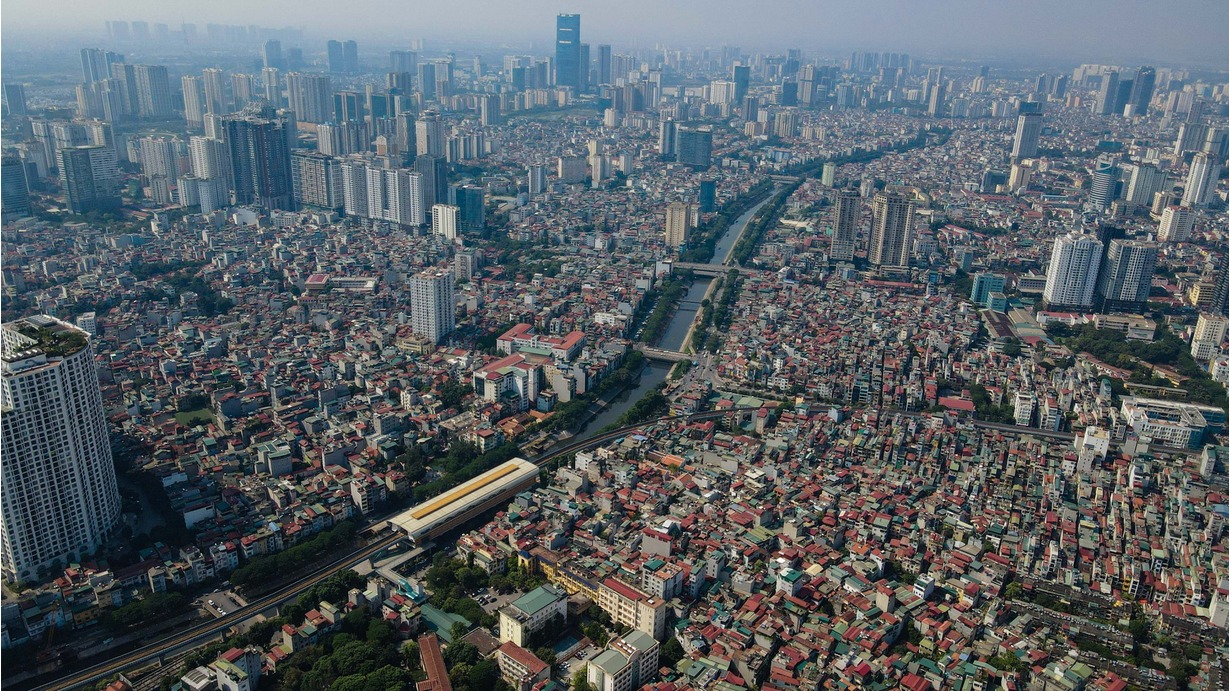
The lack of safety of CCMN is well known, and there are also many ways to circumvent the law to legalize CCMN. (Photo: VARs)
Mr. Dinh said that to ensure the safe operation and exploitation of industrial parks, there should be more stringent regulations on investment and construction of industrial parks. Absolutely avoid approving industrial parks located deep in alleys and difficult to access.
Similarly, other housing projects, CCMN also need to have minimum regulations on surrounding infrastructure. And the “capacity and responsibility” of the CCMN owner must also be clearly defined. Not that, just having land and money can build CCMN for sale or rent.
Second, the control of construction and operation of CCMN must be carried out strictly and regularly. Ensure that CCMN is completed in accordance with approved standards. During operation, it must be regularly maintained and fully meet the requirements of fire prevention and fighting safety...
In addition, before deciding to buy a CCMN, people should carefully consider the legal documents: have a construction permit issued by the district/county, build according to the design drawings, correct number of floors and construction density as on the issued drawings, have fire safety approval assessed and licensed by the police. These are core legal issues that CCMN buyers must know by heart to ensure their rights.
Source


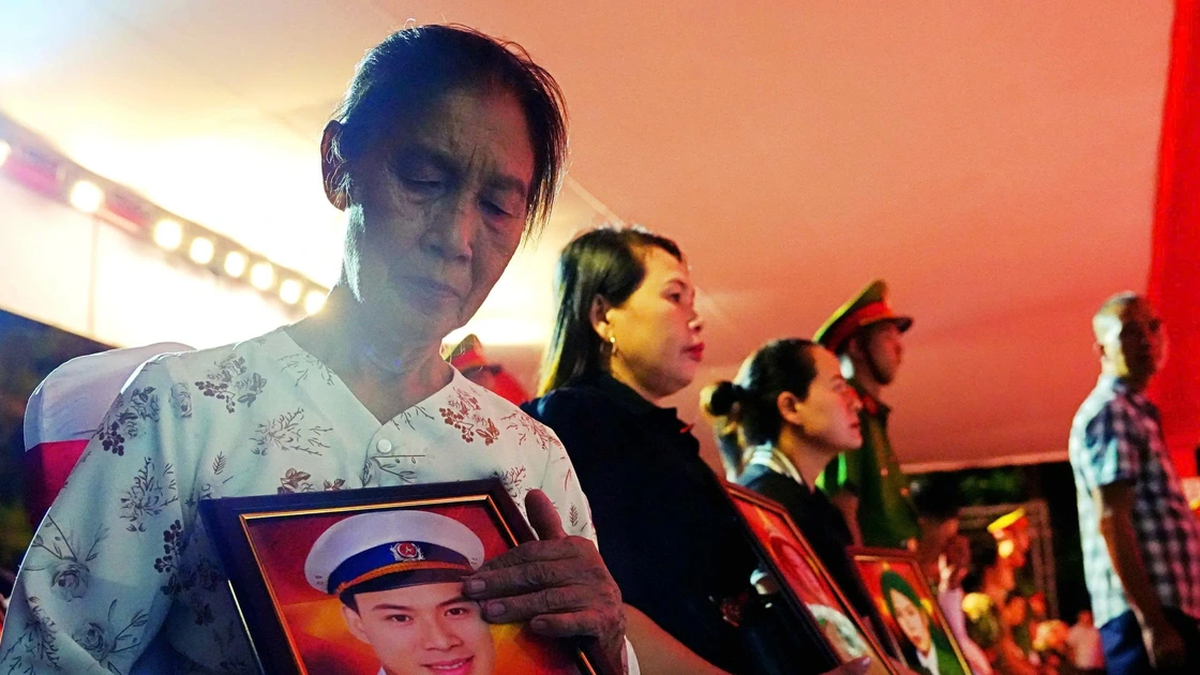
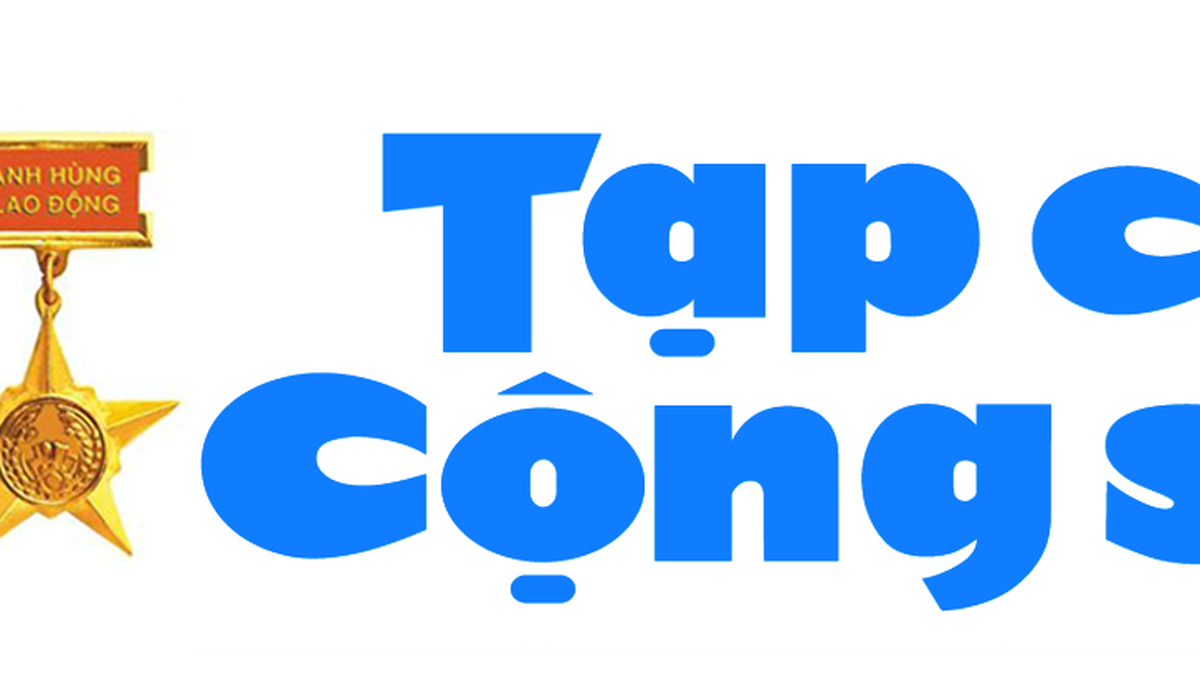

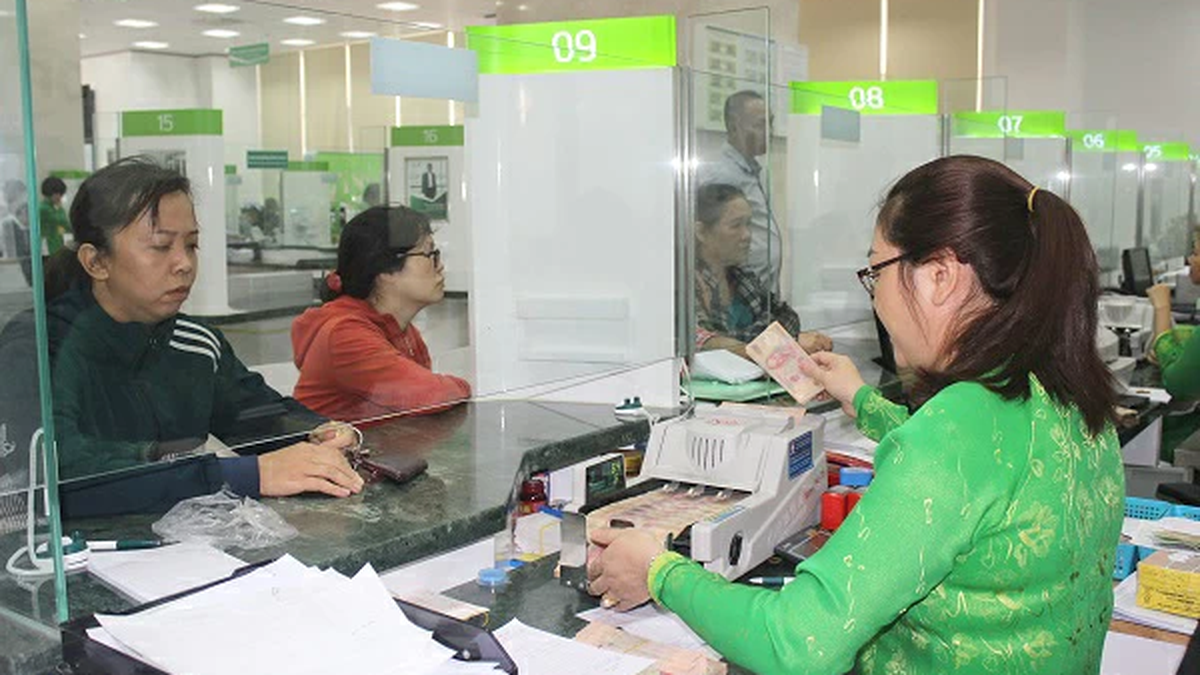



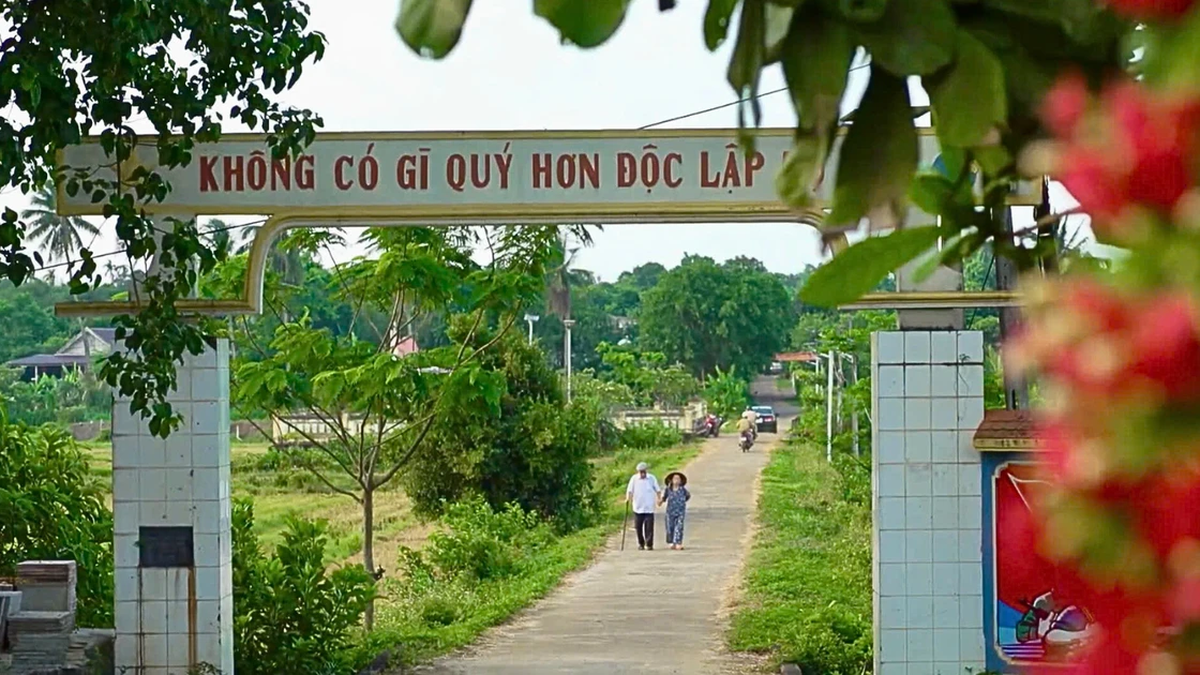
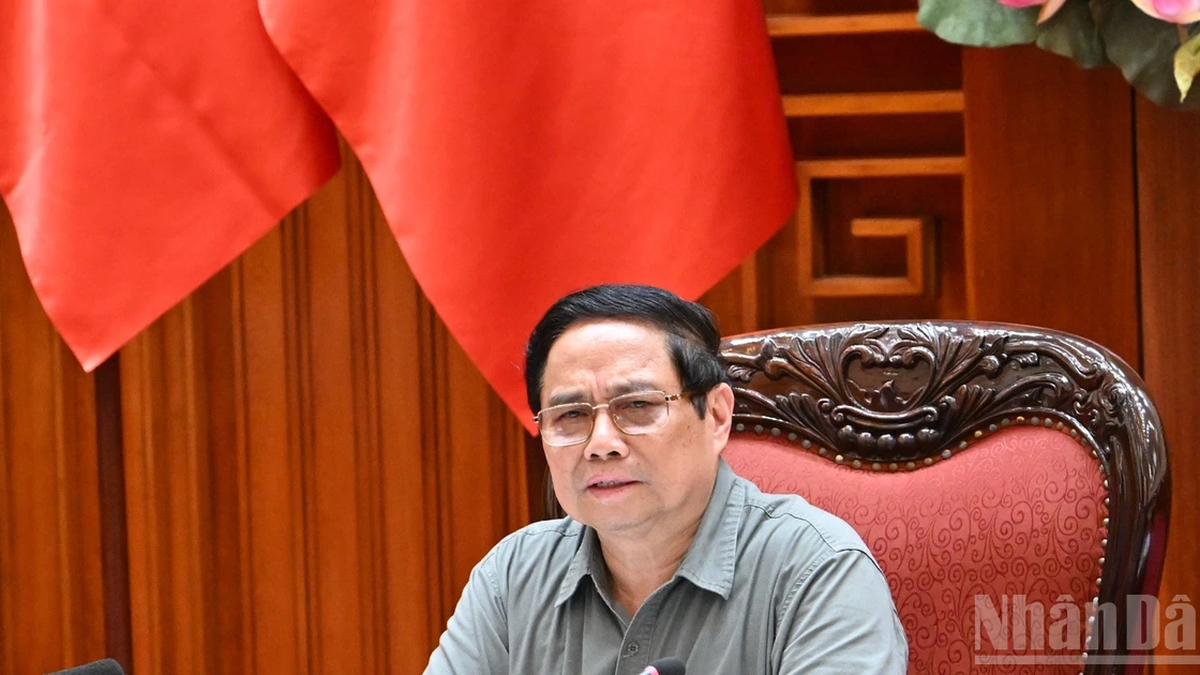














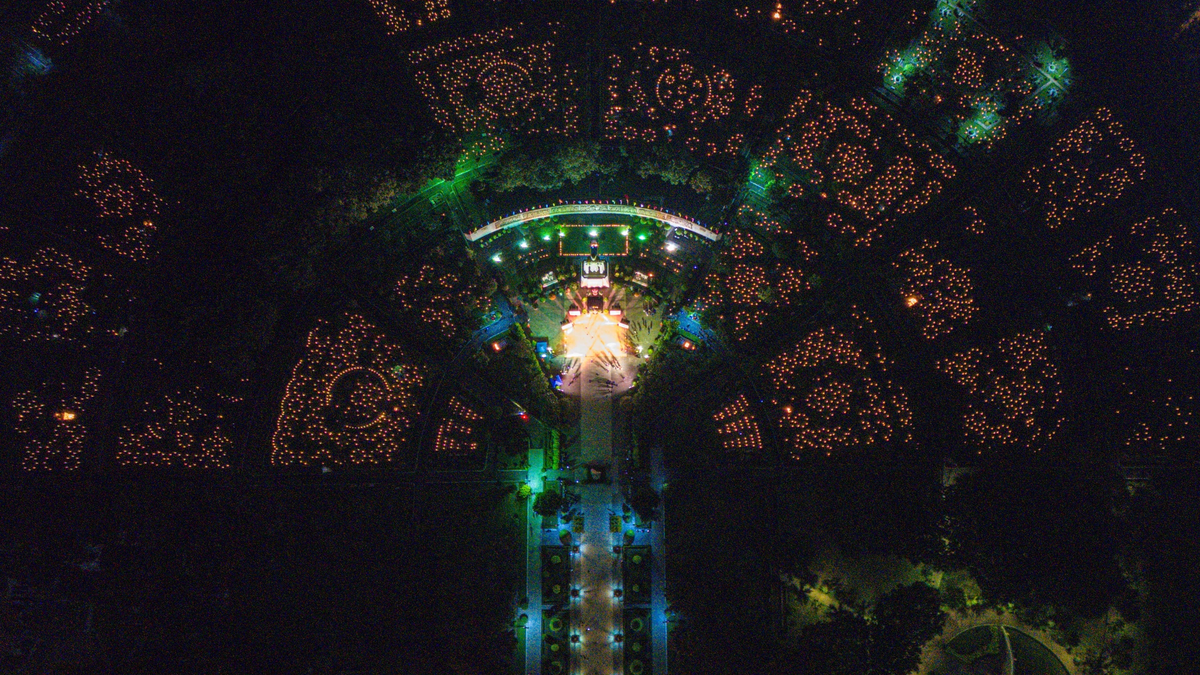

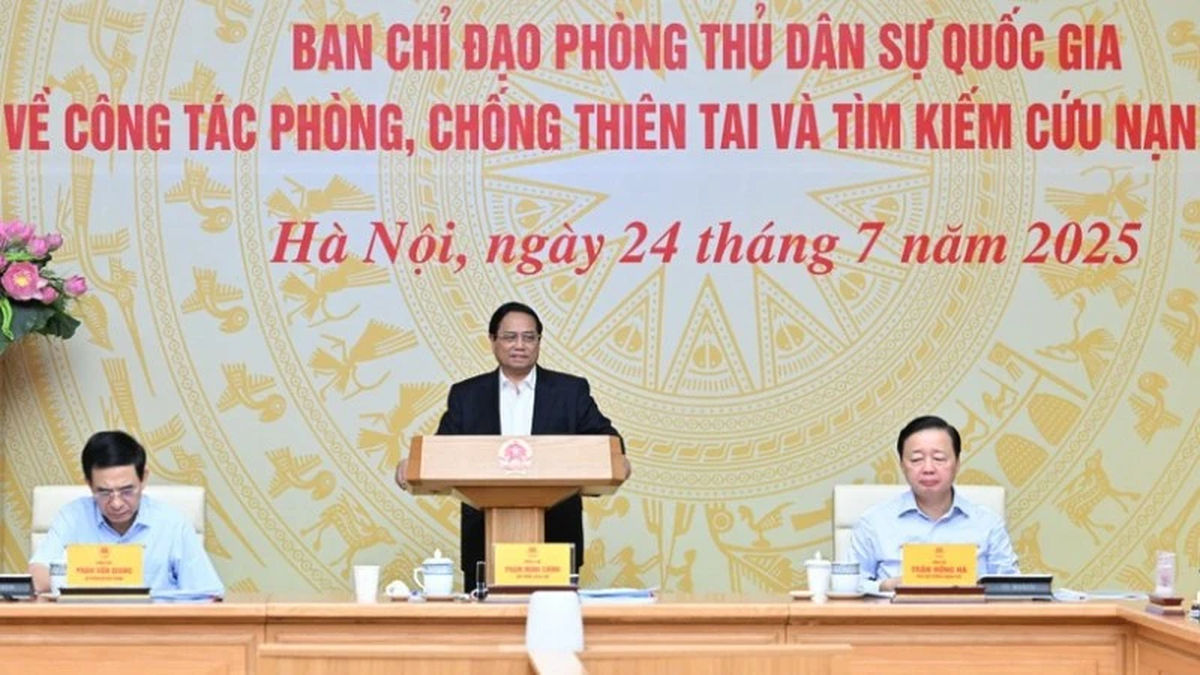
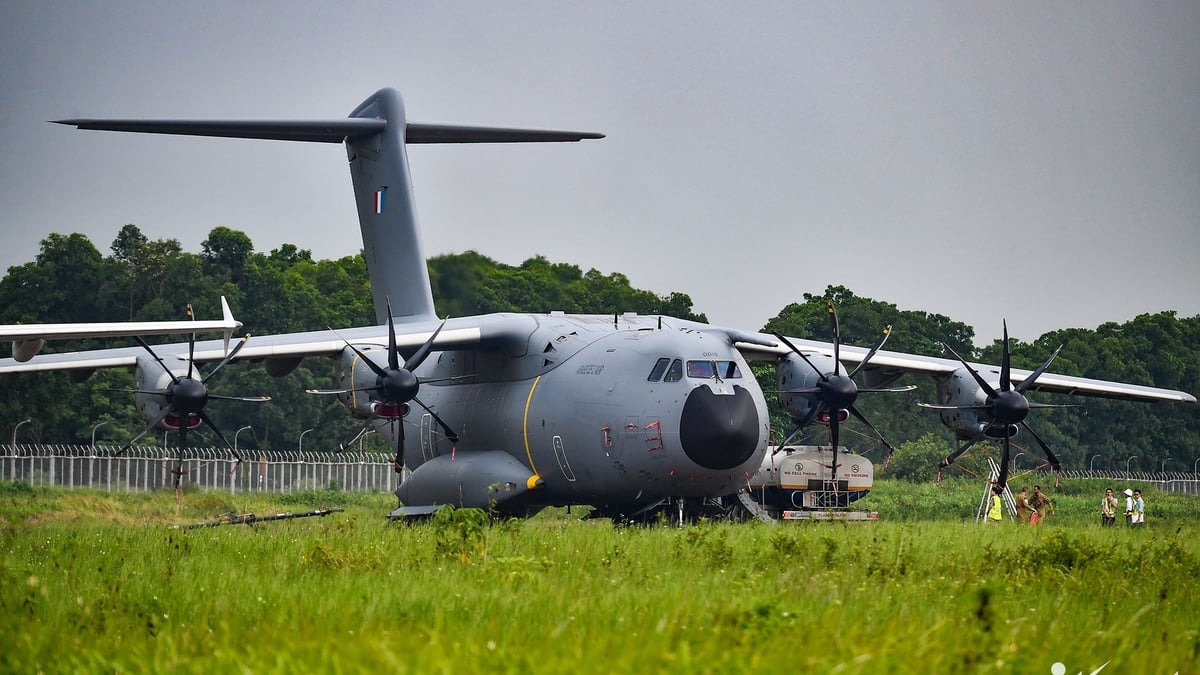



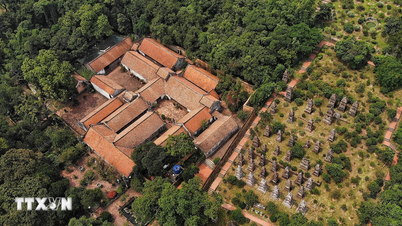





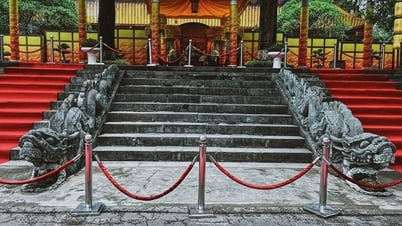


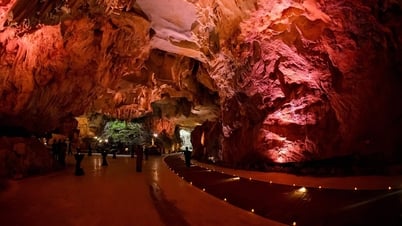





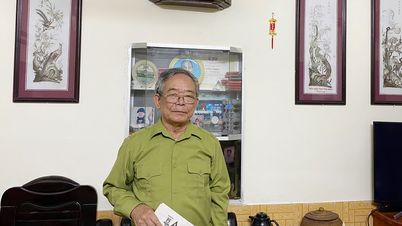

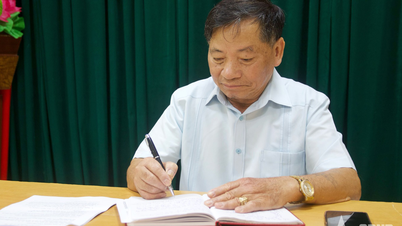




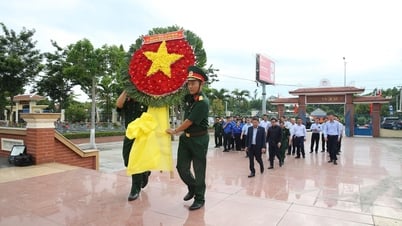









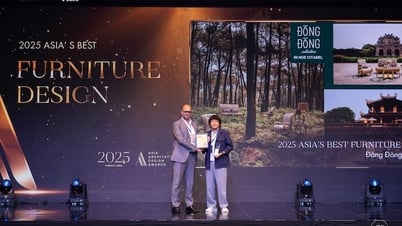






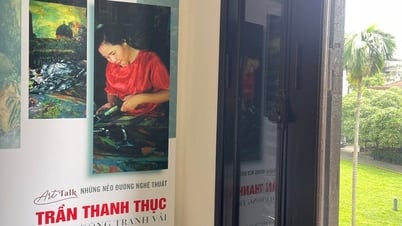

























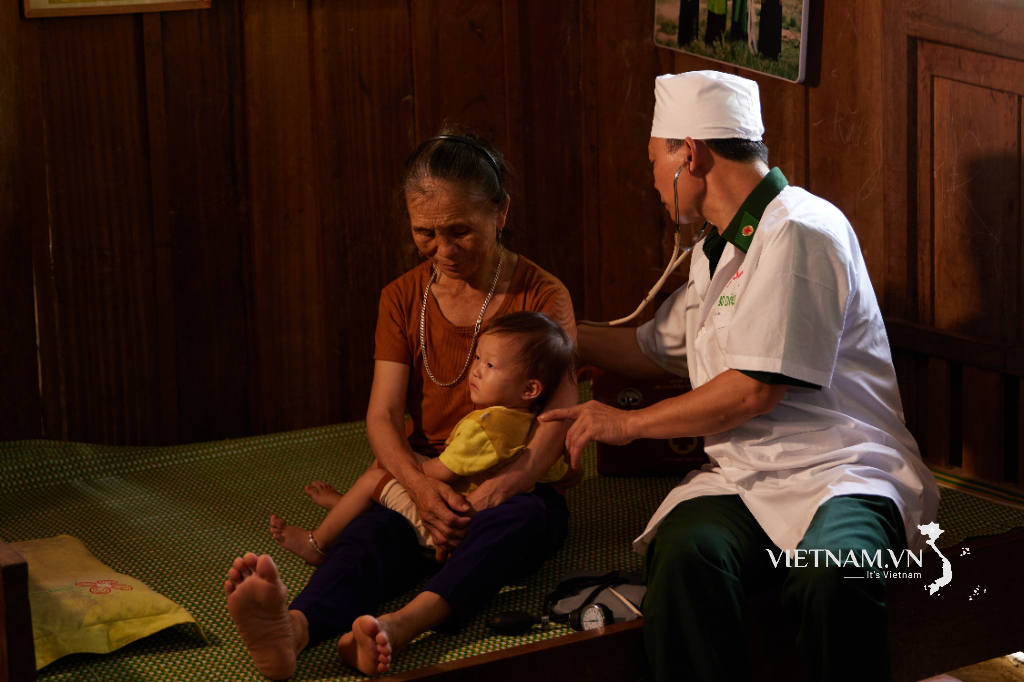
Comment (0)